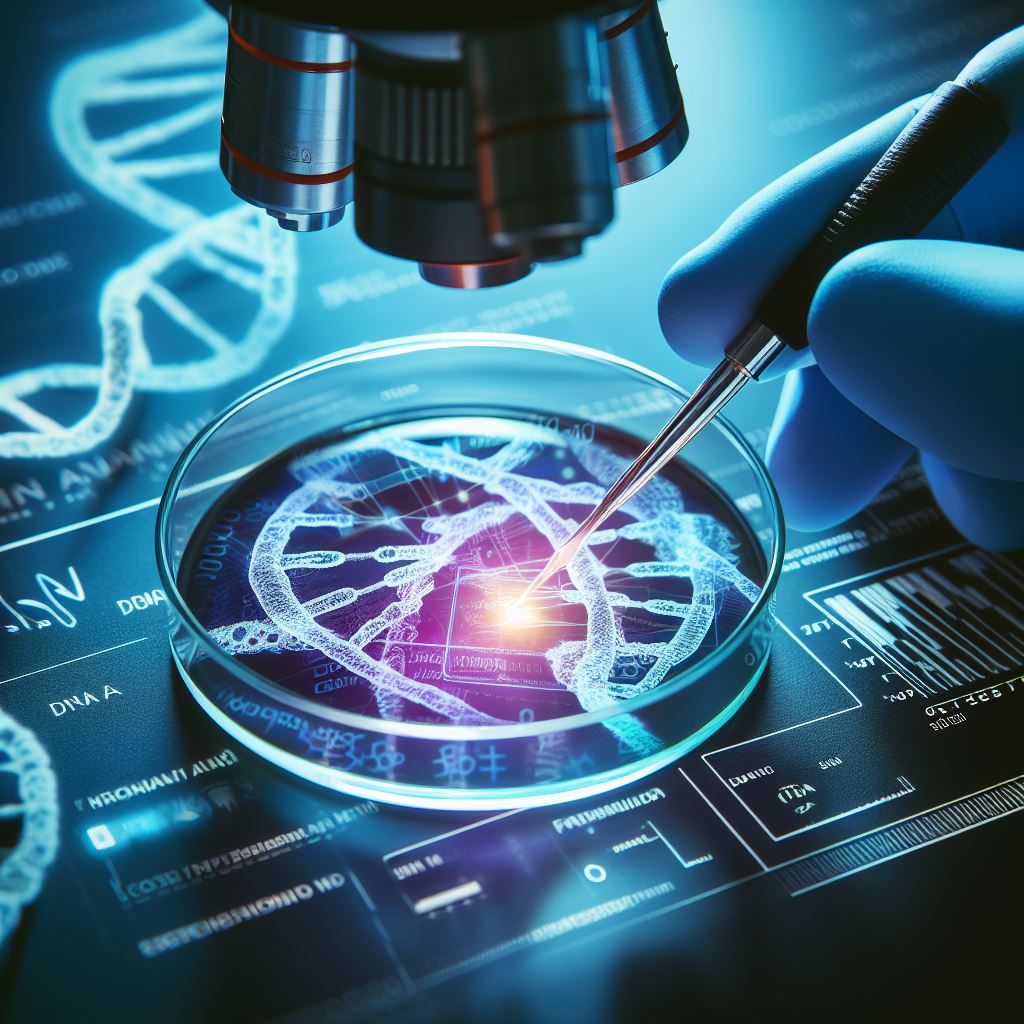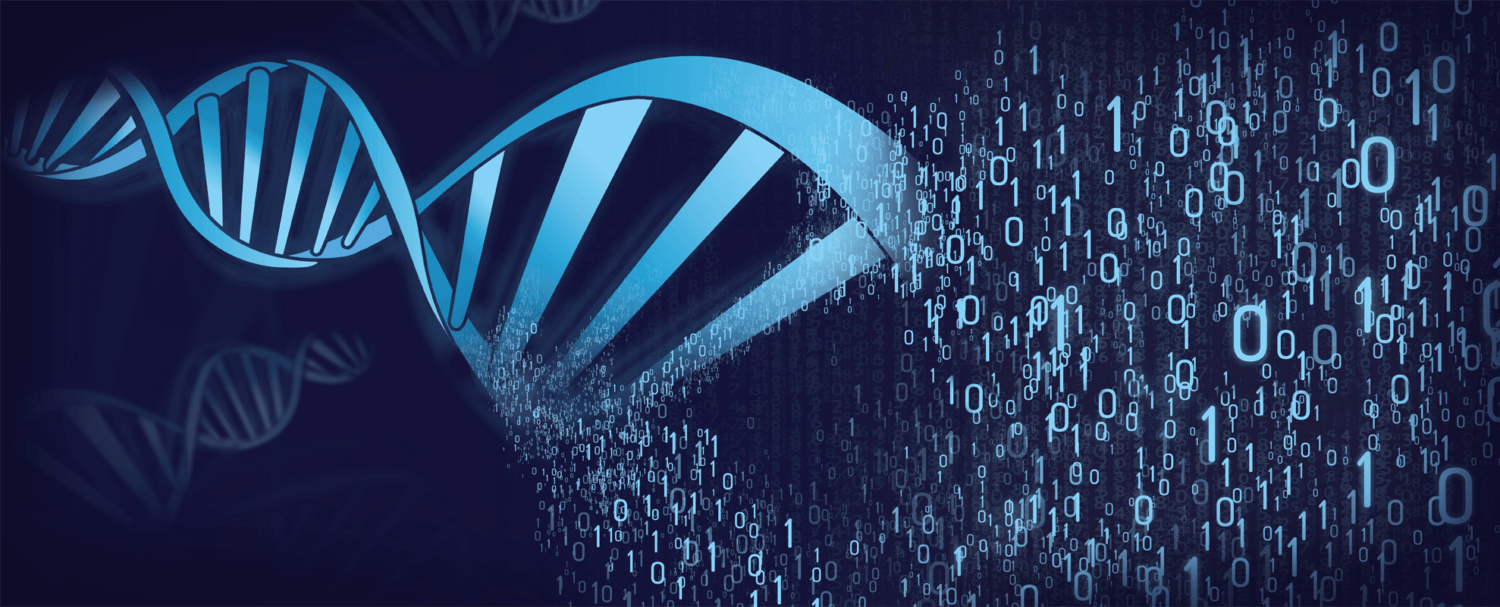A catalyst is a substance that facilitates and accelerates the rate of a chemical reaction without undergoing any permanent change itself during the reaction. Catalysts play a vital role in chemistry and are used to increase the speed and efficiency of various chemical processes in the laboratory and industrial applications.
Key points about catalysts include:
1. Reaction Acceleration: Catalysts function by lowering the activation energy required for a chemical reaction to occur. This effectively speeds up the reaction, allowing it to proceed more rapidly than it would in the absence of a catalyst.
2. Reusable: Unlike reactants that are consumed and transformed in a chemical reaction, a catalyst remains unchanged in terms of its chemical composition after the reaction is complete. This means that a catalyst can be used repeatedly for multiple reaction cycles.
3. SpecificityIn the context of laboratory equipment or analytical techniques, the term "specific" describes the capability of a machine or method to accurately and selectively detect particular molecules or substances while minimizing interference from others. Specificity is a qualitative characteristic indicating the instrument's ability to target and identify specific compounds or analytes precisely. Here are key points about specificity: • Targeted Detection: Specificity focuses on the instrument's ability to target and detect particular molecules, compounds, or substances of interest accurately. It aims to minimize false-positive results by selectively identifying the desired analyte.
• Qualitative Characteristic: Specificity is typically described qualitatively, indicating the instrument's ability to differentiate between specific compounds, analytes, and other interfering substances.
• Analytical Instruments: Specificity is crucial in analytical chemistry and laboratory instrumentation. Instruments like mass spectrometers, chromatographs, and immunoassays may be described as specific if they can accurately identify and measure specific molecules or analytes.
• Applications: Specificity is essential in various scientific and clinical applications, such as pharmaceutical analysis, clinical diagnostics, environmental monitoring, and food safety testing. It ensures that only the intended target is detected without cross-reactivity with unrelated compounds.
• Cross-Reactivity: Cross-reactivity is a potential challenge in assay or instrument specificity. It occurs when the method inadvertently responds to compounds other than the target analyte. High specificity minimizes cross-reactivity.
• Specific Binding: In immunoassays and molecular biology techniques, specificity often relies on the specific binding of antibodies or probes to their target molecules. This binding ensures selective detection.
• Importance in Clinical Diagnostics: In clinical laboratory testing, high specificity is crucial to accurately diagnose diseases or conditions by detecting specific biomarkers or antigens associated with the condition.
• Specificity vs. Sensitivity: Specificity should not be confused with sensitivity. While specificity relates to the instrument's ability to target specific analytes accurately, sensitivity relates to its ability to detect very small amounts or concentrations of those analytes.
• Quality Control: Maintaining specificity is critical to quality control in laboratory testing. Laboratories must validate the specificity of their assays to ensure accurate and reliable results.
• Instrument Calibration: Specific instruments often require precise calibration and validation to confirm their ability to detect specific analytes. Calibration helps establish and maintain accuracy.
In summary, specificity refers to the ability of a machine or analytical technique to accurately and selectively detect particular molecules or substances of interest while minimizing interference from other compounds. It is vital in scientific research, clinical diagnostics, and analytical chemistry, ensuring that only the desired target analyte is identified with precision and accuracy. More: Catalysts are often highly specific to particular reactions. Each catalyst is designed to facilitate a specific chemical transformation or a class of reactions. This specificity allows for fine control over chemical processes.
4. Types of Catalysts: Catalysts can be categorized into two main types:
- Homogeneous"Homogeneous" refers to a state in which a substance or mixture is uniform throughout, meaning that its composition, properties, and characteristics are consistent and identical in all parts of the substance or mixture. In various scientific fields, including drug chemistry and toxicology, achieving homogeneity is important for ensuring accurate and representative results. Here are some key points about homogeneity: • Uniformity: When a substance or mixture is homogeneous, it means that there are no variations or differences in composition, concentration, or properties within the material. It is the opposite of "heterogeneous," where variations or differences exist.
• Mixing and Stirring: To achieve homogeneity in liquids, thorough mixing or stirring is often necessary. This ensures that all portions of the liquid contain the same analytes (substances being analyzed) and have the same concentration of analytes.
• Analytical Techniques: In fields like drug chemistry and toxicology, achieving homogeneity is critical for accurate analytical measurements and testing. Variations in concentration or distribution of analytes can lead to inaccurate results.
• Sampling: When collecting samples for analysis, ensuring homogeneity within the sample is essential. It helps prevent bias and ensures that the sample is representative of the larger population or material being tested.
• Challenges to Homogeneity: While complete homogeneity is the ideal goal, it may not always be achievable in all situations. Some substances or mixtures may be challenging to fully homogenize due to factors such as the nature of the materials involved, their physical properties, or limitations in the mixing process.
• Quality Control: In manufacturing and quality control processes, maintaining homogeneity is crucial for ensuring that products meet consistent quality standards. This is particularly important in industries like pharmaceuticals and food production.
• Examples: In drug formulation, ensuring the homogeneity of active pharmaceutical ingredients (APIs) within a medication is essential to guarantee that each dose contains the correct amount of the drug. Similarly, in toxicology studies, achieving homogeneity in test samples ensures accurate and reproducible results.
• Analytical Instruments: Many analytical instruments, such as spectrophotometers and chromatographs, rely on the assumption of homogeneity in samples to provide accurate measurements.
In summary, homogeneity refers to the state of uniformity throughout a substance or mixture, where all parts are identical in composition and properties. Achieving and maintaining homogeneity is crucial in various scientific, analytical, and industrial applications to ensure accuracy, consistency, and reliability in results and products. While complete homogeneity may not always be attainable, efforts are made to minimize variations and ensure representative samples. More Catalysts: These catalysts are in the same phase (e.g., liquid or gas) as the reactants. - Heterogeneous Catalysts: These catalysts are in a different phase (e.g., solid) from the reactants. Heterogeneous catalysts are common in industrial applications.
5. Importance: Catalysts are used extensively in various industries, including petrochemical, pharmaceutical, and food production. They enable the production of numerous essential products, from fuels and chemicals to medications and polymers.
6. Environmental Benefits: Catalysts can promote cleaner and more energy-efficient processes. They are often employed to reduce the energy required for reactions and to minimize the formation of unwanted byproducts.
Examples of Catalysts:
- Enzymes: In biological systems, enzymes act as natural catalysts, facilitating biochemical reactions necessary for life processes.
- Platinum in Catalytic Converters: Platinum is used as a catalyst in catalytic converters in automobiles to convert harmful exhaust gases into less toxic emissions.
- Zeolites are solid materials with a well-defined structure used as catalysts in various chemical processes, including gasoline production.
In summary, a catalyst is a substance that expedites chemical reactions by lowering the activation energy required for the reaction to occur. It is a fundamental concept in chemistry and is instrumental in enhancing chemical processes’ efficiency and speed in laboratory and industrial settings. Catalysts are valued for their ability to accelerate reactions while remaining unchanged themselves, making them essential tools in various fields of science and industry.




